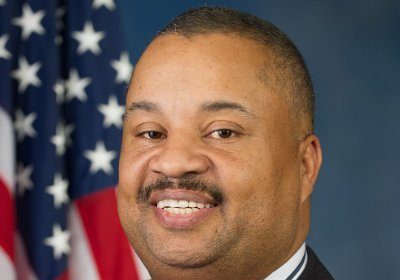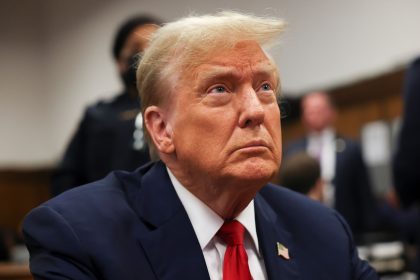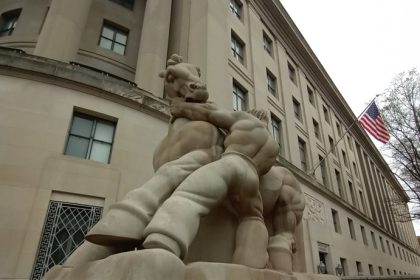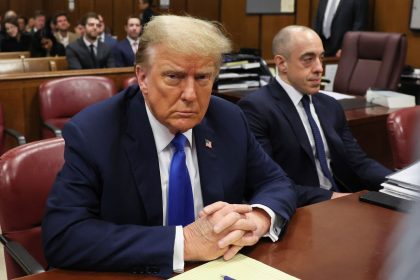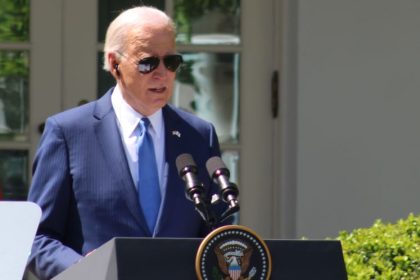CMS Breaks Down Key Drivers of Health Care Costs in the US
Rx Drug Spending Slowest Growing Component of 2017 Health Care Expenses
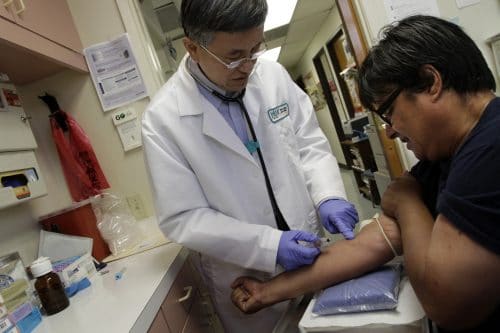
Recently, the Centers for Medicare & Medicaid Services (CMS) released the 2017 National Health Expenditure (NHE) data, detailing the official estimates of total health care spending in the United States, and the results may not be what you would expect. The annual report, which dates back to 1960 and measures annual U.S. expenditures for health care goods and services, public health activities, government administration, the net cost of health insurance and investment related to health care, predictably shows that U.S. health care spending continues to grow. However, despite significant public attention to the cost of prescription drugs, that component of the health care system saw the slowest growth in 2017.
Specifically, 2017 saw a 3.9 percent hike in overall health care spending, reaching $10,739 per person and 17.9 percent as a share of the nation’s Gross Domestic Product. In breaking down the numbers, CMS outlined the greatest drivers of the increase in health care spending, with private health insurance, Medicare, physician and clinical services, and hospital care at the top of the list.
By contrast, growth in retail prescription drug spending slowed in 2017, increasing only 0.4 percent to $333.4 billion. This marks the lowest growth in retail prescription drug spending since 2012, when a number of brand name drugs lost patent protection. CMS argues the drivers of the slower growth were a continued shift to lower-cost generic drugs and slower growth in the sales volume of some high-cost drugs. Other factors include low price increases for existing brand-name drugs and the slower growth in the overall number of prescriptions dispensed.
Unlike 2012, the slower growth in spending in 2017 comes even as 46 novel medicines and biologics reached the market, more than twice the amount of Food and Drug Administration (FDA) approvals than in 2016. More than 80 percent of these medicines were approved in the United States before any other country.
However, the stabilized prescription costs are not always passed on to the patient. Fixed copays for brand medicines are increasingly being replaced by higher and less predictable deductible and coinsurance payments. According to IQVIA’s May 2018 report, “The Implications of Changing Benefit Designs and High Cost‐Sharing,” more than half of patient out-of-pocket spending for brand medicines in the commercial market is for prescriptions filled in the deductible or with coinsurance. And although rebates paid by biopharmaceutical companies often reduce what insurers pay for brand medicines, those discounts do not necessarily translate to the patient. Passing along these rebates at the point-of-sale will protect patients by lowering out-of-pocket costs for millions of Americans.
Following is a breakdown of some of the key components of the CMS report:
- Hospital Care (33 percent share): Spending for hospital care increased 4.6 percent to $1.1 trillion in 2017, which was slower than the 5.6 percent growth in 2016. The slower growth in 2017 was driven by slower growth in the use and intensity of services. Hospital care expenditures slowed among the major payers—private health insurance, Medicare, and Medicaid.
- Physician and Clinical Services (20 percent share): Spending on physician and clinical services increased 4.2 percent to $694.3 billion in 2017. Growth for physician and clinical services slowed in 2017 and was driven by growth in non-price factors such as use and intensity of services. Although slowing, growth in clinical services continued to outpace the growth in physician services in 2017.
- Retail Prescription Drugs (10 percent share): Growth in retail prescription drug spending slowed in 2017, increasing 0.4 percent to $333.4 billion. The slower growth in 2017 followed 2.3 percent growth in 2016, and was the lowest growth in retail prescription drug spending since 2012, when several blockbuster drugs lost patent protection. The key drivers of the slower growth were a continued shift to lower-cost generic drugs and slower growth in the sales volume of some high-cost drugs.
- Dental Services (4 percent share): Spending for dental services increased 3.2 percent in 2017 to $129.1 billion, decelerating from 5.2 percent growth in 2016. Private health insurance (which accounted for 45 percent of dental spending) increased 2.8 percent in 2017—a slowdown from growth of 5.3 percent in 2016. Out-of-pocket spending for dental services (which accounted for 41 percent of dental spending) also slowed, growing 2.5 percent in 2017, after growth of 5.0 percent in 2016.
- Private Health Insurance (34 percent share): Private health insurance spending increased 4.2 percent to $1.2 trillion in 2017, which was slower than 6.2 percent growth in 2016. The deceleration was driven in part by slower growth in medical benefits and a decline in fees and taxes resulting from the Consolidated Appropriations Act of 2016, which suspended collection of the health insurance plan fee in 2017.
- Medicare (20 percent share): Medicare spending grew 4.2 percent to $705.9 billion in 2017, which was similar to the rate of growth in 2016 of 4.3 percent. The growth in 2017 reflected slower growth in spending for Medicare fee-for-service (2.6 percent in 2016 to 1.4 percent in 2017) that was almost entirely offset by faster growth in Medicare spending for private health plans (8.1 percent in 2016 to 10.0 percent in 2017).
Read the full report, here.



















